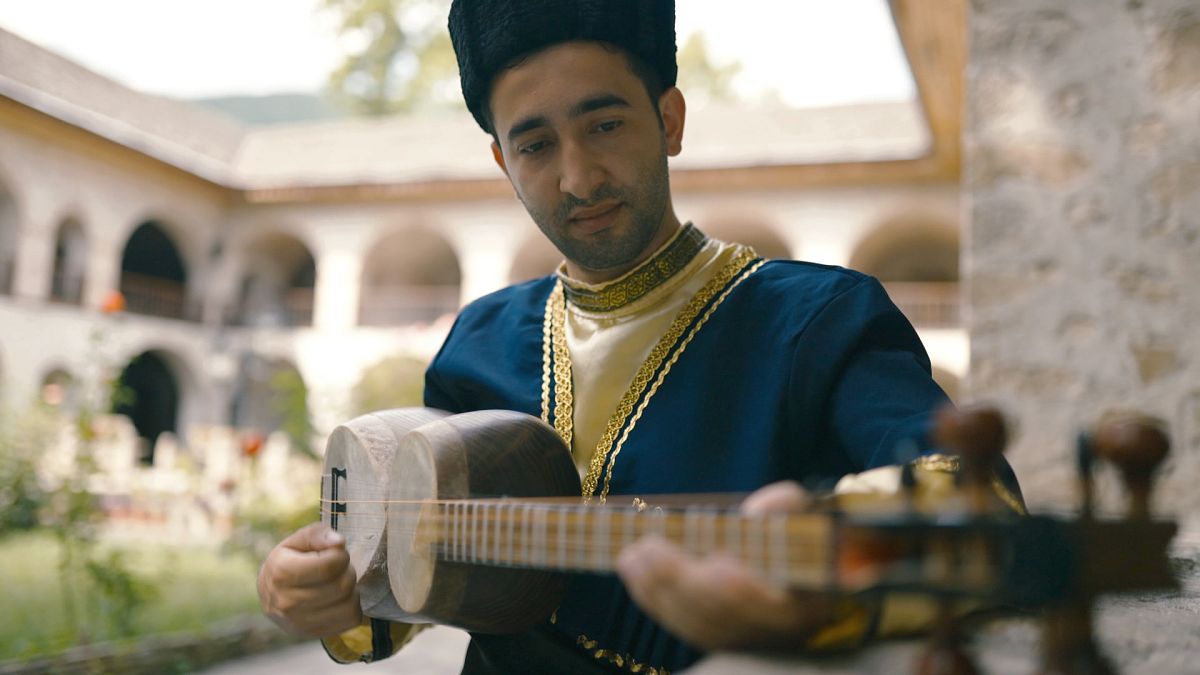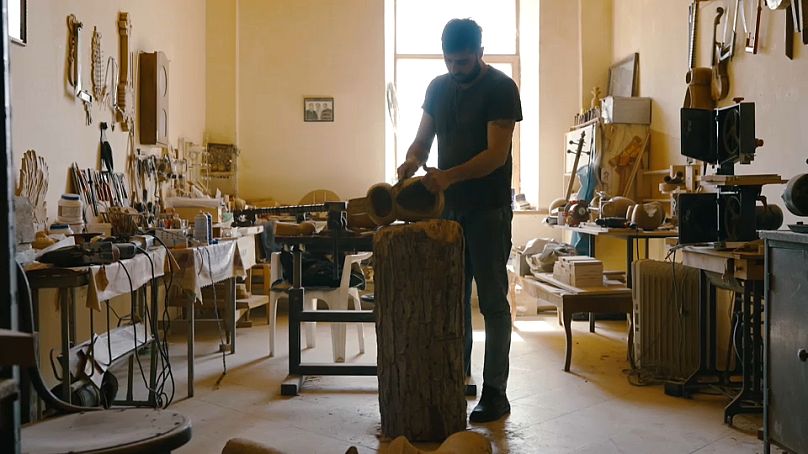No form of music is more defining of Azerbaijani culture than Mugham, a centuries-old tradition drawing on folklore and oral history. Discover the master craftsmen and talented musicians keeping the tradition alive.
No form of music tugs at the heartstrings of Azerbaijanis more than the sound of Mugham.
This centuries-old musical tradition draws on folklore and oral histories passed down from generation to generation, creating a unique and ‘melancholy’ sound.
The Azerbaijani Mugham is characterised by a large degree of improvisation and draws upon popular bard melodies, rhythms and performance techniques.
Namiq Aslanov is a Mugham singer. He explains that when he sings, "every word comes from inside, from the heart". "It is not played by following notes, so whatever comes out comes from within you", he adds.
As Mugham is improvisational by nature, it isn't transcribed in a fixed form. Therefore, Mugham masters train students in the art of interpretation to make sure they learn the variety of its artistic expression.
Modern representations of Mugham reflect different periods in Azerbaijan's history and its contact with peoples from other cultures and countries.
The kamancha, the gaval and the tar are the three key instruments used in Mugham. The kamancha is a four-string spiked fiddle. The gaval is a kind of large tambourine.
The tar is a long-necked lute. It is still made today in the same way it has been for generations. The body is crafted from a solid piece of wood.
Zahid Valadov is a third-generation musical instrument artisan in Azerbaijan. He says that he learnt the craft from his father.
He makes the bowl of the tar from mulberry wood. "A tree harvested in January-February is the best, it is easier to work with as it is quite dry and doesn’t crack too easily", he adds.
The Tar is itself a true work of art, and so integral to Azerbajini culture that it is pictured on coins and banknotes.
In 2003, UNESCO added Azerbaijani Mugham to its list of Intangible Cultural Heritage of Humanity ensuring that this captivating and unique art will continue to inspire musicians and listeners the world over.






